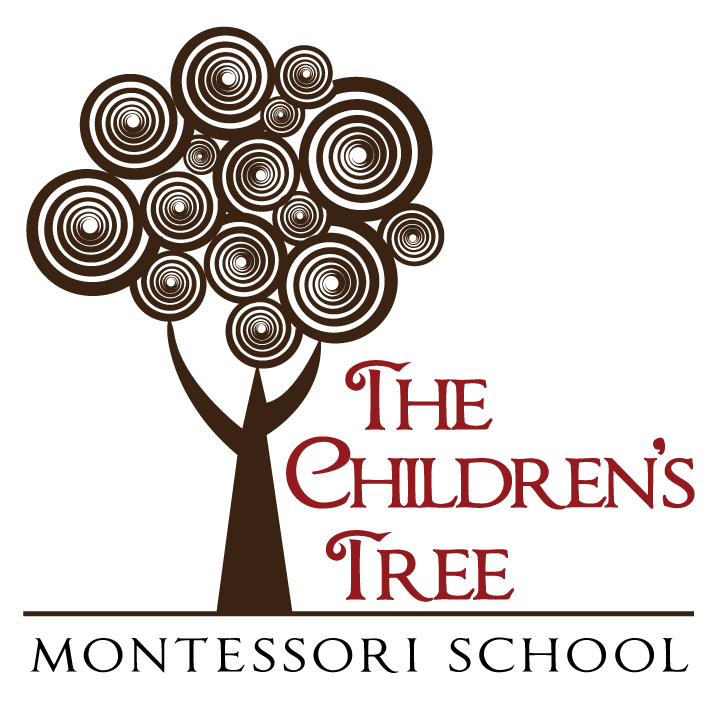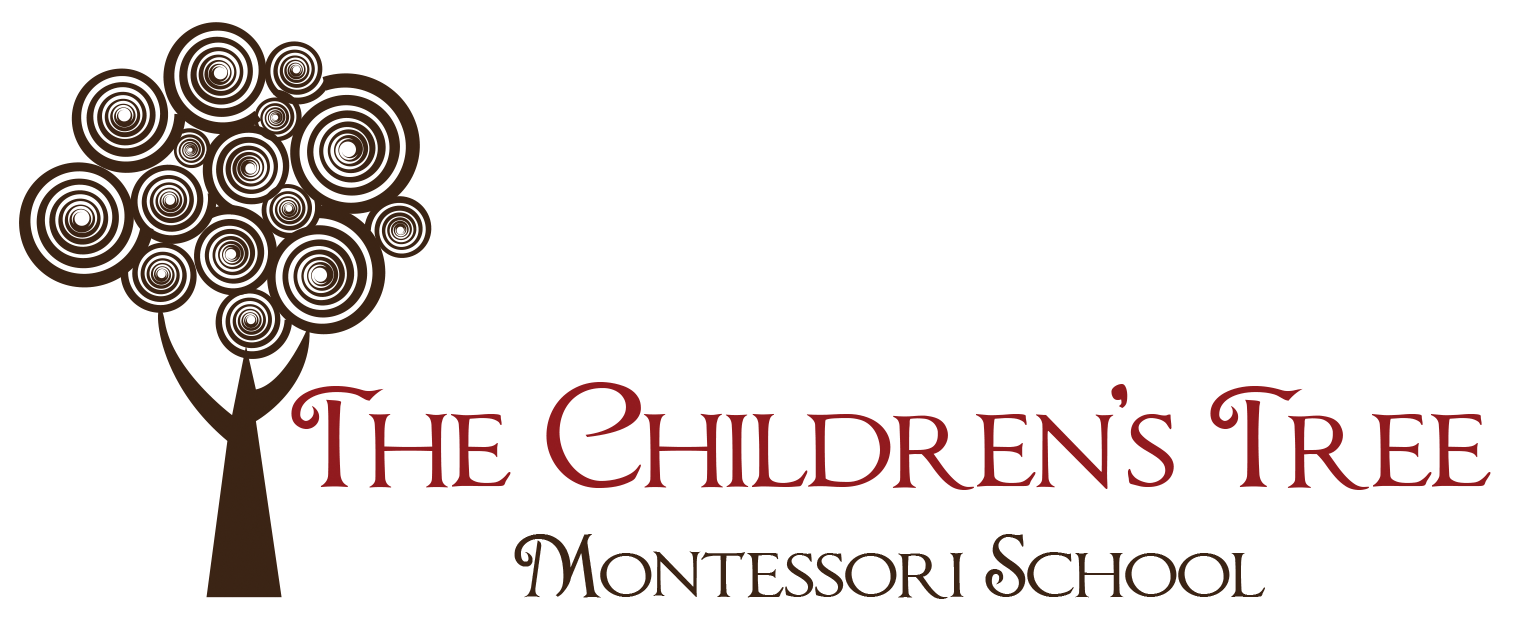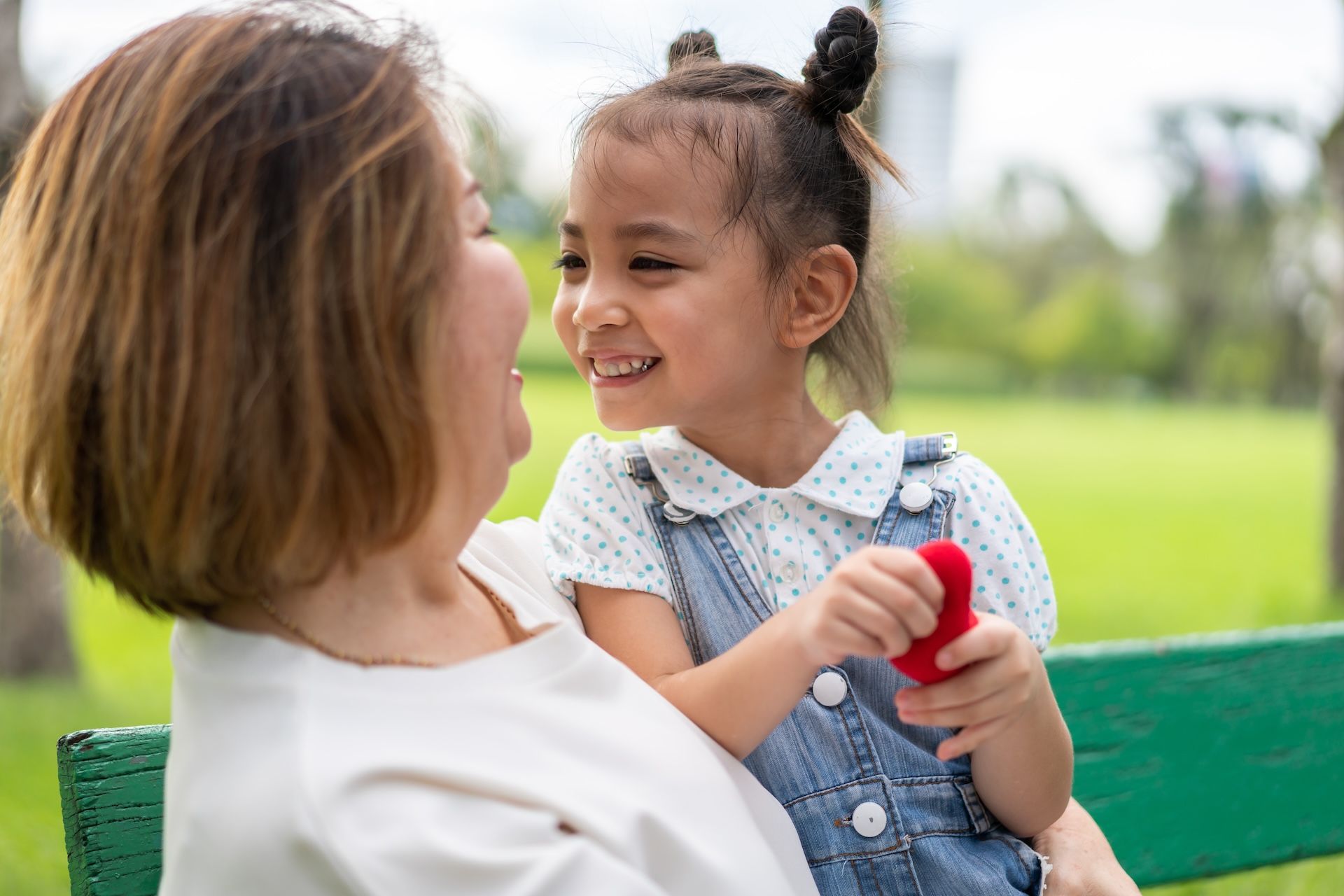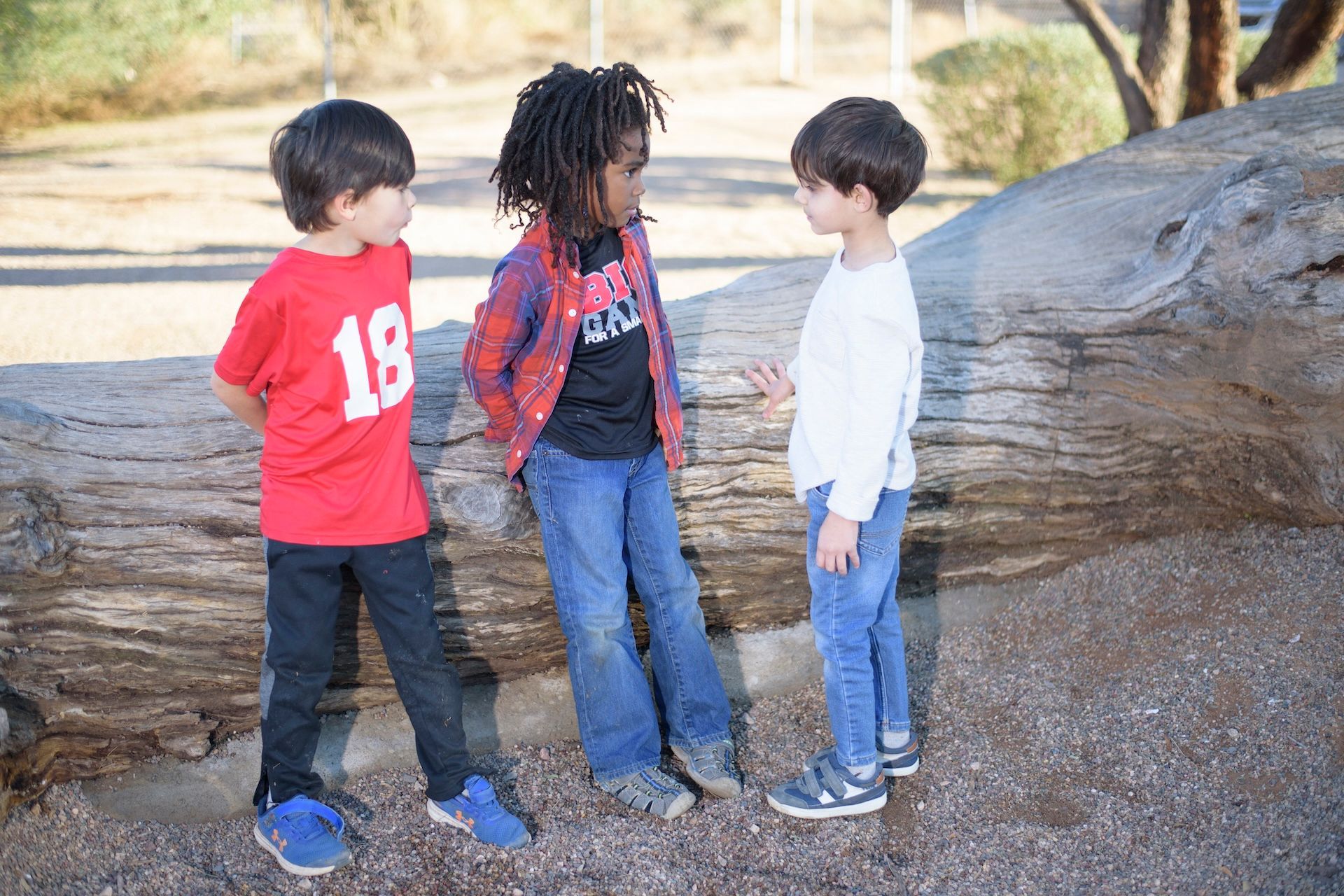A Critical Element of Language Development

Connection and Conversation in Montessori Toddler Classroom

Children are in a critical sensitive period of language development, especially when their spoken language develops naturally during the toddler years. Children work independently, observe others, explore and discover freely, and express their needs, curiosity, and creativity in the Maple room. Our class environment safely and carefully supports children to connect with people and materials around them.
Making Connections
The Maple community is a place in which respect for the independence and character of children is paramount. Teachers are consistently calm, gentle, soft-spoken, patient, and trusting. Teachers demonstrate respect and compassion by using eye-contact, kneeling to the child's level, addressing children by name, and watching and listening to their gestures and languages, not to mention that they speak and explain before touching or moving the children. Making the connection includes but is not limited to naming, guiding, modeling, describing, discussing, or conversing; Meaningful relationship occurs during the process.
Interaction and Communication
Teachers provide language-rich space where children are encouraged to use proper vocabulary rather than baby talk so that children are exposed to and develop a broad language. Throughout the day, with many activities and carefully designed routines, teachers guide children in communication with each other by manipulating and lessons with various materials, role-modeling, singing songs, reading books, and movement activities.
Our Maple Friends are working to express their own thoughts and emotions and share experiences. They also learn about every object in their surrounding environment and understand how things work. Every day, they seek to help effectively in challenging moments to practice and improve communication skills and connect to the world around them.
Conversation from the Beginning
In Maple room, teachers believe that our children learn skills by practicing; The conversations with Maple friends provide them not only language but also the modeling of conversational etiquette and flow. It is also a way to learn the confidence to express their mind/heart. Through this process and practice, children learn the functions of conversation –self-expression, storytelling, cooperating, clarification, problem-solving, and conflict resolution. In the classroom, teachers aim to converse with children throughout the day, primarily upon arrival, between a child's tasks during the work period, snack, and lunch table. Any object in the environment, indoor or outdoor, event or thoughts/talk from a child often becomes a valuable and captivating topic.
Important Tips during the Conversation
Accurately and truthfully speaking to the child is crucial to building their effective language skills. Maple teachers model speech; We try to be precise and echo back correct grammar and pronunciation in everyday conversation. Also, children get the opportunity to learn with exact names for every item in the environment; Baskets and trays on the shelves contain various pictures and objects, exposing a child to new and exciting things. In addition, stories give children a memorable learning experience, especially true stories. The stories provide details of the world and establish their understanding of the concepts of time, sequence, and place. Storytelling is a daily part of Maple room, and anything can support our friends' inspiration from the real world and a sense of community.
Subscribe to our Blog
You might also like
PROGRAMS
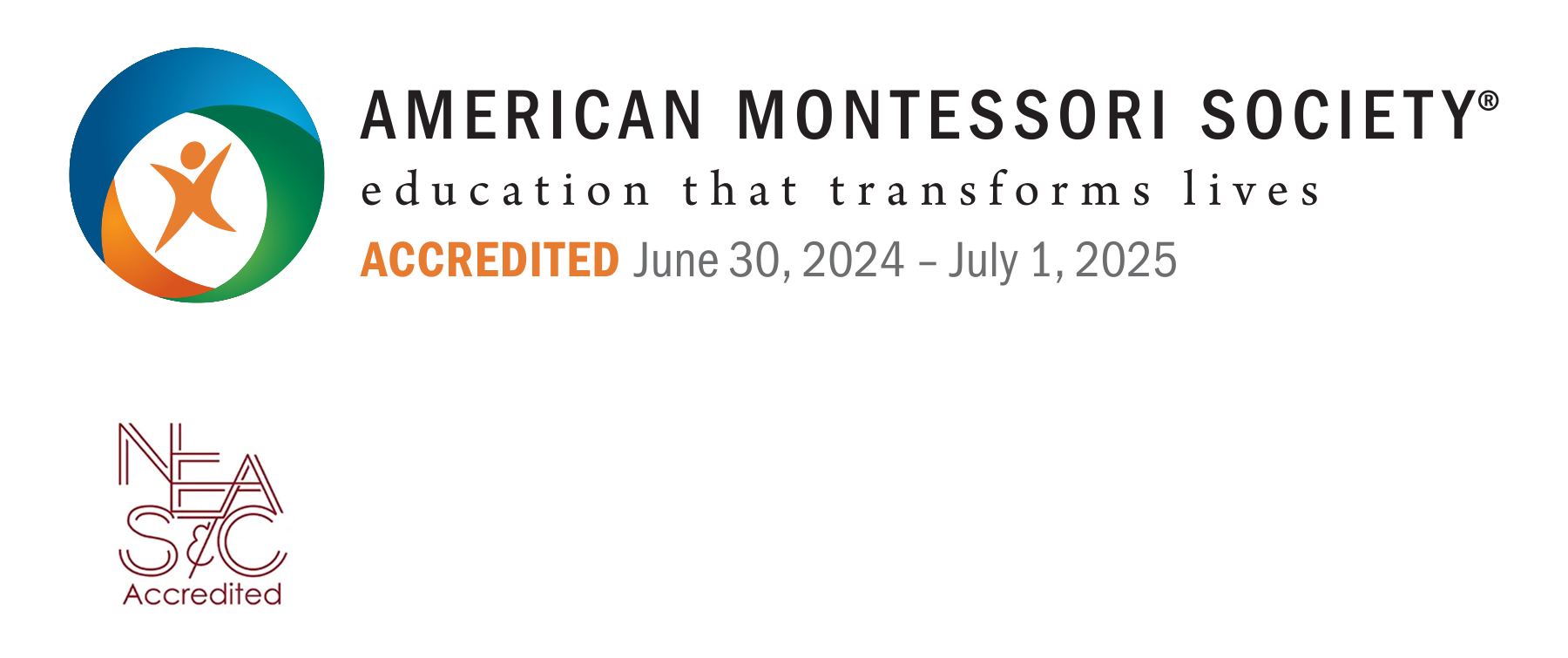
Main Campus:
96 Essex Rd., Old Saybrook, CT 06475
860.388.3536 • 860-388-4756
Maritime Campus:
203 Ferry Rd., Old Saybrook, CT 06475
860-391-8288
Privacy Policy | Accessibility
The Children's Tree Montessori School
